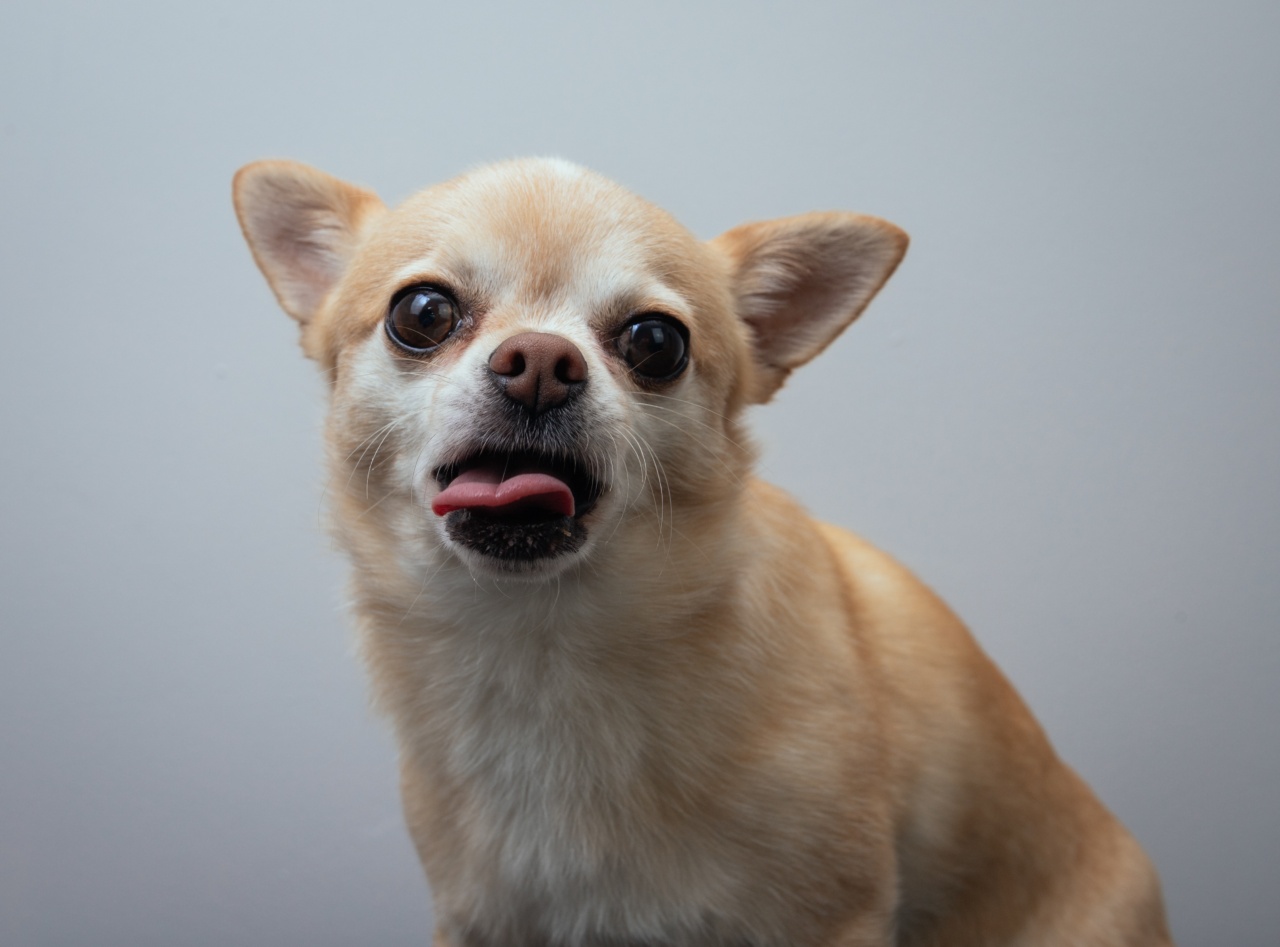Dogs are known to be loyal, friendly, and obedient pets. However, not all dogs exhibit desirable behaviors all the time. Sometimes, they may misbehave, exhibit aggression, or display destructive tendencies.
It is essential to understand your dog’s behavior and take necessary steps to train them appropriately. Here are some tips for better dog behavior:.
1. Use Positive Reinforcement
Positive reinforcement is an effective way to train your dog. Offer them rewards for good behavior such as treats, praise, or playtime. When your dog follows your command, give them a reward.
This positive reinforcement will help build a strong bond between you and your dog, and they will be encouraged to repeat good behavior.
2. Set Clear Boundaries and Rules
It is crucial to set clear boundaries and rules for your dog. Decide what behaviors are acceptable and what are not. Make sure you are consistent in enforcing the rules. This will help your dog understand your expectations and prevent confusion.
Once your dog knows the rules, they will feel secure and behave better.
3. Socialize Your Dog
Exposing your dog to other dogs and people is an excellent way to socialize them and help them develop good behavior. Introduce your dog to new people and pets regularly. Allow them to interact with others without overreacting or being aggressive.
This will help reduce their stress and anxiety and make them more comfortable in different settings.
4. Provide Adequate Exercise
Exercise is essential for a dog’s overall health and well-being. Dogs need regular exercise to burn off excess energy and stay fit. Take your dog for a walk or run regularly. Play games with them like fetch or tug of war.
Exercise also helps to reduce anxiety and stress, which can contribute to better behavior.
5. Be Patient and Consistent
Remember that training your dog takes time, patience, and consistency. Behaviors that have become habitual or instinctive will take time to change. Do not expect your dog to learn everything overnight. Be patient and consistent in your training.
With time, your dog will adapt to new behaviors and habits.
6. Address Aggressive Behavior Immediately
If your dog exhibits aggressive behavior, address it immediately. Aggression can be dangerous and may lead to serious injuries. Seek advice from a veterinarian or trainer on how to address aggressive behavior.
Do not ignore or overlook aggressive behavior; it will only escalate and become more challenging to change.
7. Provide Mental Stimulation
Dogs need mental stimulation just as much as physical activity. Provide toys or puzzles that challenge your dog’s mind. Teach them new skills or tricks. This will help keep their minds active and prevent boredom.
Boredom can lead to destructive behavior, so keep your dog mentally stimulated.
8. Avoid Physical Punishment
Avoid using physical punishment to train your dog. Physical punishment such as hitting, kicking or yelling at your dog can cause fear, anxiety, and aggression. This can lead to poor behavior. Instead, use positive reinforcement to encourage good behavior.
9. Set a Routine
Dogs thrive on routine. Set a consistent routine for feeding, exercise, and training. This will help your dog feel secure and know what to expect. A predictable routine will help prevent anxiety and behavior problems.
10. Consider Professional Training
If you are struggling to train your dog or need help addressing particular behaviors, consider seeking professional help. A certified dog trainer can provide specialized training to help your dog develop better behavior in a safe and positive way.






























